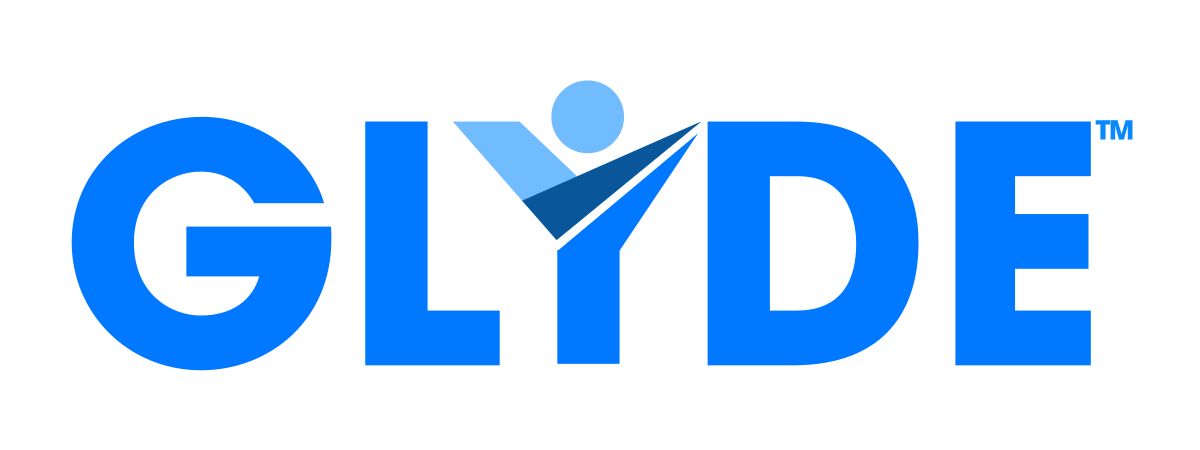The recruitment landscape is facing a paradox that has left many staffing leaders scratching their heads. While we are in a market where job openings are down, the workload for recruitment teams has paradoxically stayed steady or increased. How is it that with fewer positions available, recruiters seem to be drowning in more work than during the bustling job markets of the past?
Job market dynamics
As a recruitment leader at the helm of a major corporation you may well be staring at a monitor that showcases a daunting number of applications. It’s a stark change from previous years, when job openings were abundant and applications trickled in at a steady, manageable pace.
Today’s reality
Here’s some food for thought, recent statistics, like those derived from Ashby’s analysis*, showcase a staggering increase in job applications – threefold for business roles and an incredible two-and-a-half-times growth for technical positions from January 2021 to January 2024. Just when job openings should be saturated by available talent, A down market, but an inbox that’s bursting at the seams.
Why the sudden growth in applications?
The answer to the paradox is multifold. Consider the wider applicant pool, brimming owing to economic uncertainties and an uptick in layoffs. More individuals are joining the job hunt, which in essence, multiplies the applicant-per-opening ratio.
What’s more, the task of comprehensively screening these applicants becomes a bigger task as recruitment teams strive to sieve through the mass to find the quality hires they need.
This influx of candidates also requires significantly more engagement and communication. Providing feedback, updating on the application status, and ensuring a positive candidate experience are now more important than ever and taking more and more time.
Operationally, teams are feeling the pressure having suffered headcount reduction. High application volumes require longer hours, as robust screening processes remain vital to securing the best talent.
What’s the answer?
Managing expectations and providing feedback to a larger talent pool requires graceful orchestration, which is traditionally laden with manual processes and is ripe for innovation and streamlining.
In comes a promising solution, the adoption of automation and AI in recruitment processes. By automating the attraction, engagement, and screening of talent, HR tech is empowering recruitment teams to handle high application volumes with efficiency even with lower headcount.
Tech-driven recruitment strategies
We hear success stories emerging from tech-driven recruitment strategies, which showcase the effectiveness of technology in managing the hefty workload borne by talent acquisition teams with minimal implementation effort or time to value. **
In this fluctuating market, the ability to pivot and remain agile is paramount. The future of recruitment relies on innovation and the embrace of technologies that facilitate recruitment teams to proficiently navigate periods of high application volumes.
The Way Forward
As we wrap up this exploration into the curious paradox of the current job market, your takeaway should be the value of technology as an irreplaceable ally in talent acquisition.
The market may indeed be down or flat, but with the right technological prowess, your recruitment teams don’t have to be. Explore the layers of recruiting technologies available, and let us empower our talent acquisition processes to withstand and flourish amidst the challenges of today and those looming on the horizon.
* A Pragmatic (AI) Roadmap for Staffing Leaders
** 2023 Trends Report | Applications Per Job
#hrtech #futureofwork #automation #ai #machinelearning #talent #talentacquisition #applicanttracking #ats #hrtrends #recruitmentmarketing #recruitmentautomation #recruitmentsolutions #staffing #careers #emergingtech #innovation #startup .

